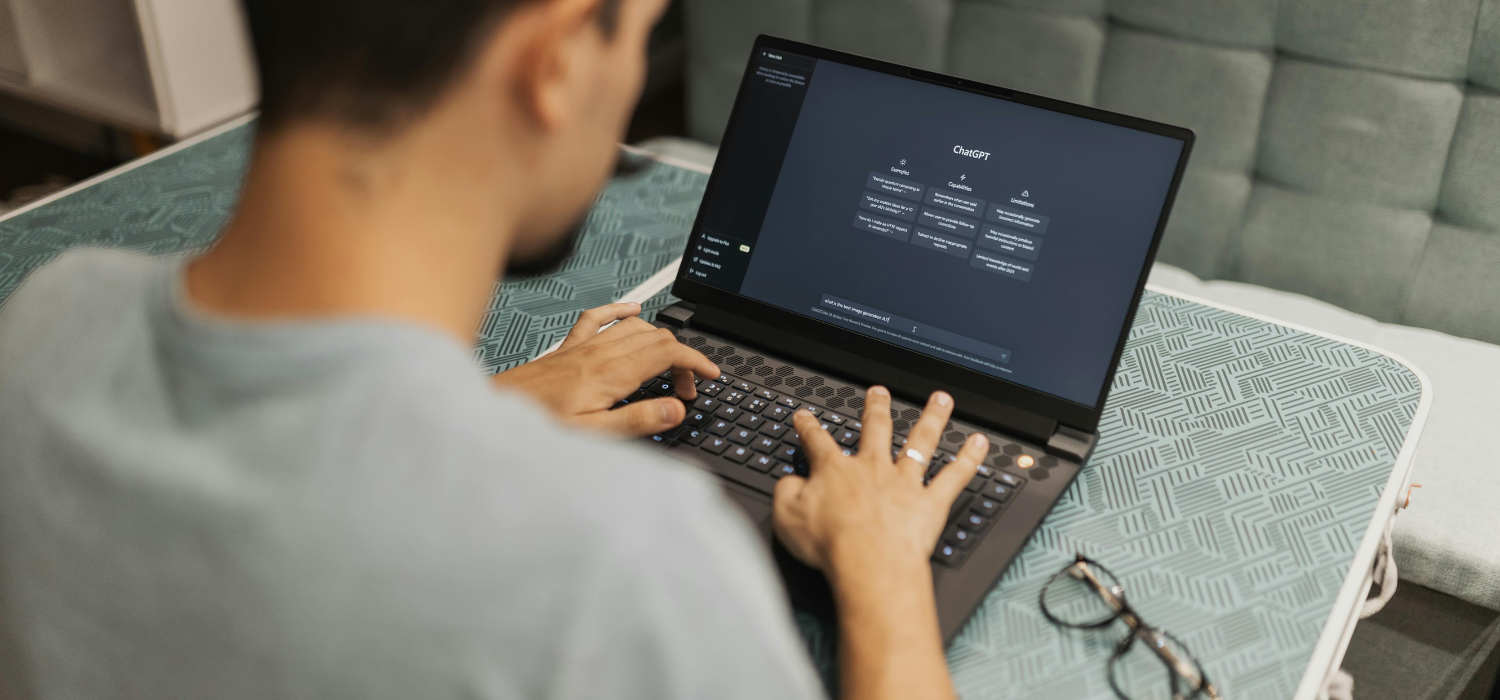Why does your next event need an AI workshop? I've sat in many a conference…

ChatGPT Success: Mastering AI Prompts
Every time I sit in on a ChatGPT training* or hop into an AI accountability group, I brace myself.
Not because I expect disaster, quite the opposite. I genuinely love that people are showing up to explore AI. That curiosity? That willingness to learn? It’s gold.
However, I usually know exactly what’s coming next.
There’s always a moment when someone proudly shares a prompt they found online. It might be from a well-known creator, a popular LinkedIn post, or a freebie download. The room lights up. “Oooh, that’s good!” people say. They try it out, get something kind of cool, and share the results like a magician pulling a rabbit from a hat.
And then? Crickets. No one knows what to do next.
Because here’s the uncomfortable truth: getting a cool prompt is like someone handing you a fish. Sure, you get lunch. But then what?
What happens when your next task doesn’t quite fit the prompt? Or your tone feels off? Or you want a different format, a more conversational voice, or something aligned with your brand?
“Give a man a fish, he’ll eat for a day. Teach a man to fish, he’ll eat for a lifetime.”
This ancient proverb couldn’t be more relevant today—especially when it comes to learning AI.
The Prompt Drop Problem
The reason most ChatGPT trainings* fall flat isn’t that the prompts are bad. In fact, many of them are helpful… to a point.
But here’s the problem: They stop there.
“Here’s a prompt. Use it. See what happens.”
No explanation, no context, or no training wheels, much less a roadmap.
As a result, learners get excited—but only temporarily. They don’t build confidence. They don’t develop skills. And they definitely don’t build the capacity to adapt AI to their specific use case or brand voice.
Instead, they become dependent on the next “prompt drop” like it’s some kind of magical productivity hit.
That’s not sustainable.
The Real Skill is Learning to Fish
What we should be teaching isn’t just how to copy-paste a prompt. It’s how to think like a prompt engineer. And no, that doesn’t mean writing code or being technical.
It means learning how to:
- Prime the tool for your specific task or audience
- Frame your instructions with clarity and detail
- Refine your results with feedback loops
- Understand what makes a prompt effective in the first place
In other words, stop accepting fish handouts.
Start to learn how to bait your hook, cast your line, and adjust when the fish swim elsewhere.
Custom GPTs and primers are brilliant tools—but they’re only as useful as your ability to understand and tweak them. Otherwise, you’re still waiting for someone else to feed you.
What to Actually Look for in a ChatGPT Training*
Not all trainings* are created equal. If you’re shopping around, or wondering if your latest session was worth it, here’s what to watch for:
- Does it teach you how to think about AI, or just what to say to it?
Prompts are great examples, but frameworks are better. If you don’t know why something worked, you won’t be able to repeat it. - Does it show you how to customize AI to your voice and goals?
A prompt that works for an accountant might not work for a wedding planner. You need a method that fits you. - Does it encourage experimentation and iteration?
The best trainings make room for “try it, tweak it, test it.” That’s where real growth happens. - Does it give you the confidence to explore, not just consume?
Because ultimately, that’s the goal—empowerment, not dependency.
How to Actually Learn (Even Without a Training)
If you want to get better at ChatGPT, you don’t need a fancy course or training (though hey, I know where you can find one when you’re ready ).
What you do need is this:
Play with it—daily.
Use it like a sandbox. Test ideas. Rewrite your emails. Ask it to help outline your next blog post. Just get in there and try stuff.
Be patient.
It’s a skill, not a switch. The more you use it, the better your results will get. You’ll start to recognize patterns, and your prompts will improve naturally.
Ask it what it can do.
Seriously. Start with:
“I run a small consulting business. What are 10 ways you could help me today?”
Or:
“What do I need to tell you to help me write a LinkedIn post that sounds like me?”
You’ll be surprised how helpful it can be—even when you don’t know what you’re looking for.
Learn by doing, not just watching.
This one’s big. You can sit through 10 more trainings and still not feel confident—unless you’re actually trying things as you go. AI rewards action.
Want to Learn How to Fish?
If you’re tired of prompt handouts and ready to build real skills, come hang with me.
In my ChatGPT for Small Teams trainings, I don’t just give you prompts—I teach you how to build your own. We dive into customizable primers, prompt engineering, and the confidence to actually use AI in a way that works for your workflow, your brand, and your voice.
Connect here – and let’s start building smarter, more empowered AI habits.
To your growth, not your guesswork.
Leanne
*to be very fair, there are tons of great ChatGPT trainings out there. Be discerning. Find one that teaches you how to fish
RELATED BLOGS:



